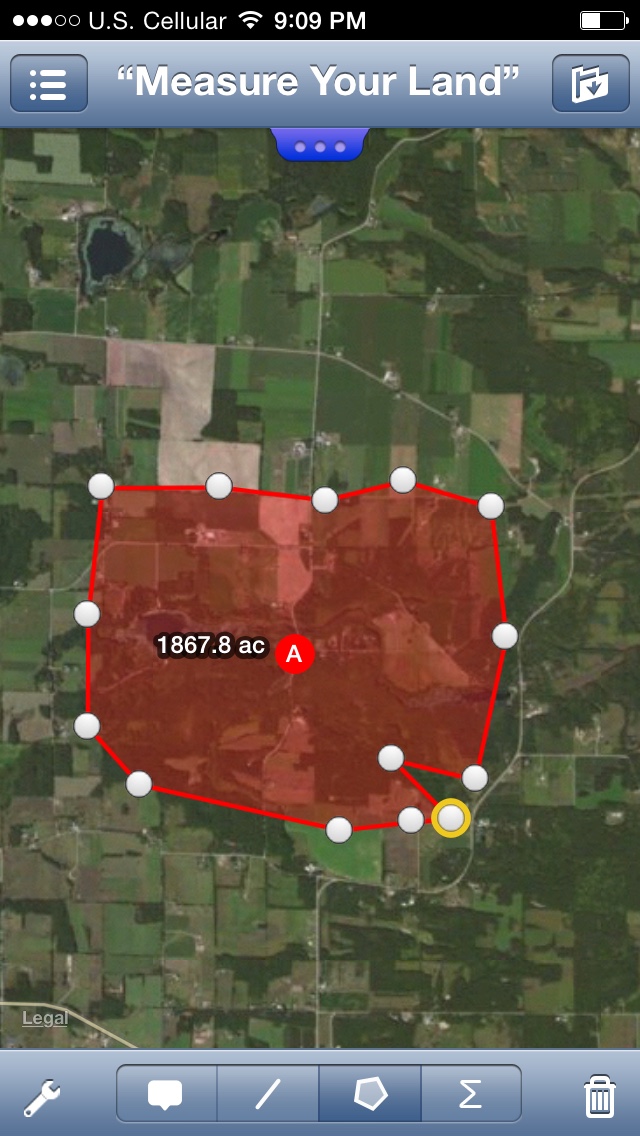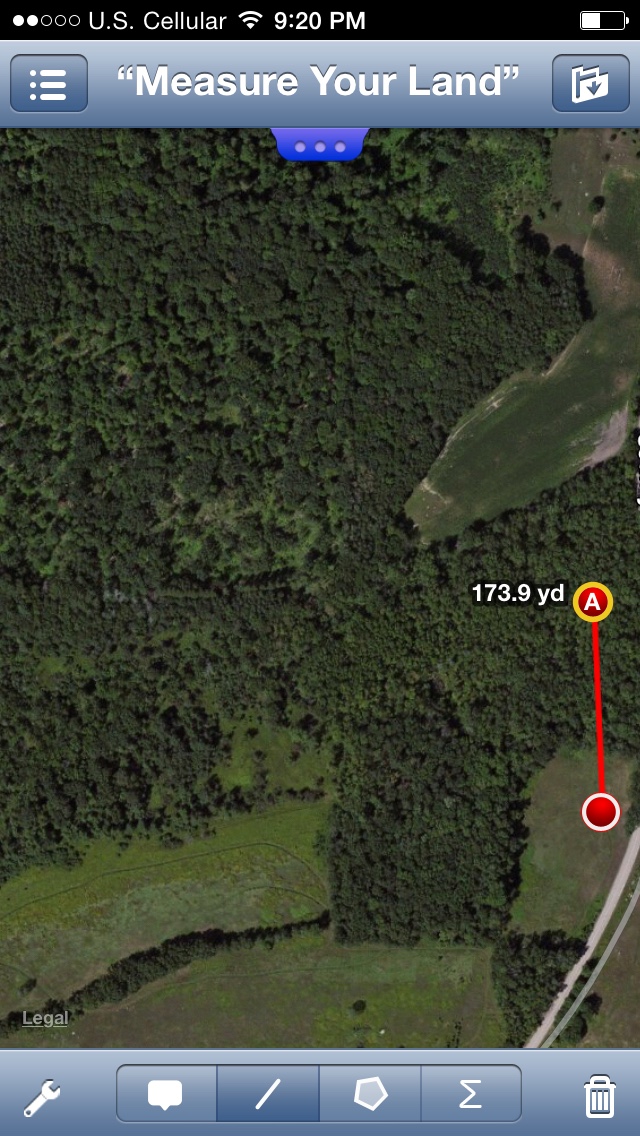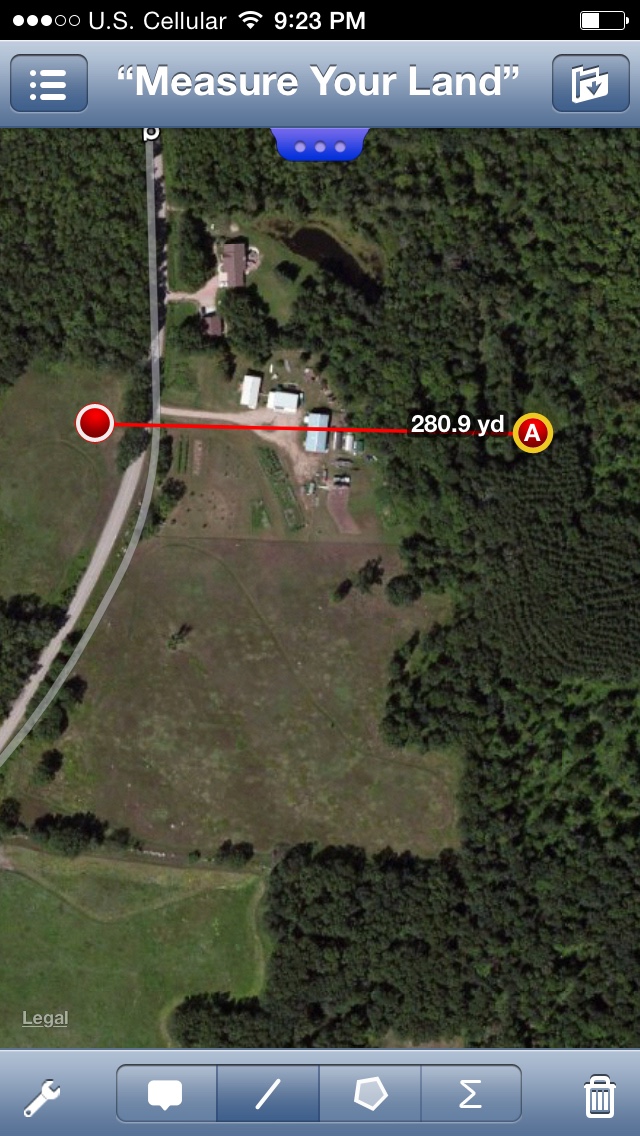D
dipper
Guest
my second property basically ends up at the bottom of a ravine with some decent elevation change. I have already planted 5 apples here and another 5 crabs. I was talking to my neighbor the other day, who is kinda a hippie/ live off the land guy. He breeds and sells garlic comericially, grafts apple trees, etc. the zone maps appear to actually put us in zone 5a here. He told me I should plant zone 3 trees because the trees are gonna die, due to the cold air moving down the hill.
I don't think there would be that drastic of a temperature issue to kill the trees? Maybe more of a issue with frost and flowering, but I'm planting late bearing trees. Does a later bearing tree flower later? I want to add about 20 trees but I don't want to force trees in a spot and not see them produce.
This specific location isn't the bottom of the ravine, and I don't doubt cold air will be making its way down the hill. I generally don't have foggy trail cam pictures like I do on a food plot at lower elevation. Here is some pics, is this a frost pocket?
I don't think there would be that drastic of a temperature issue to kill the trees? Maybe more of a issue with frost and flowering, but I'm planting late bearing trees. Does a later bearing tree flower later? I want to add about 20 trees but I don't want to force trees in a spot and not see them produce.
This specific location isn't the bottom of the ravine, and I don't doubt cold air will be making its way down the hill. I generally don't have foggy trail cam pictures like I do on a food plot at lower elevation. Here is some pics, is this a frost pocket?











